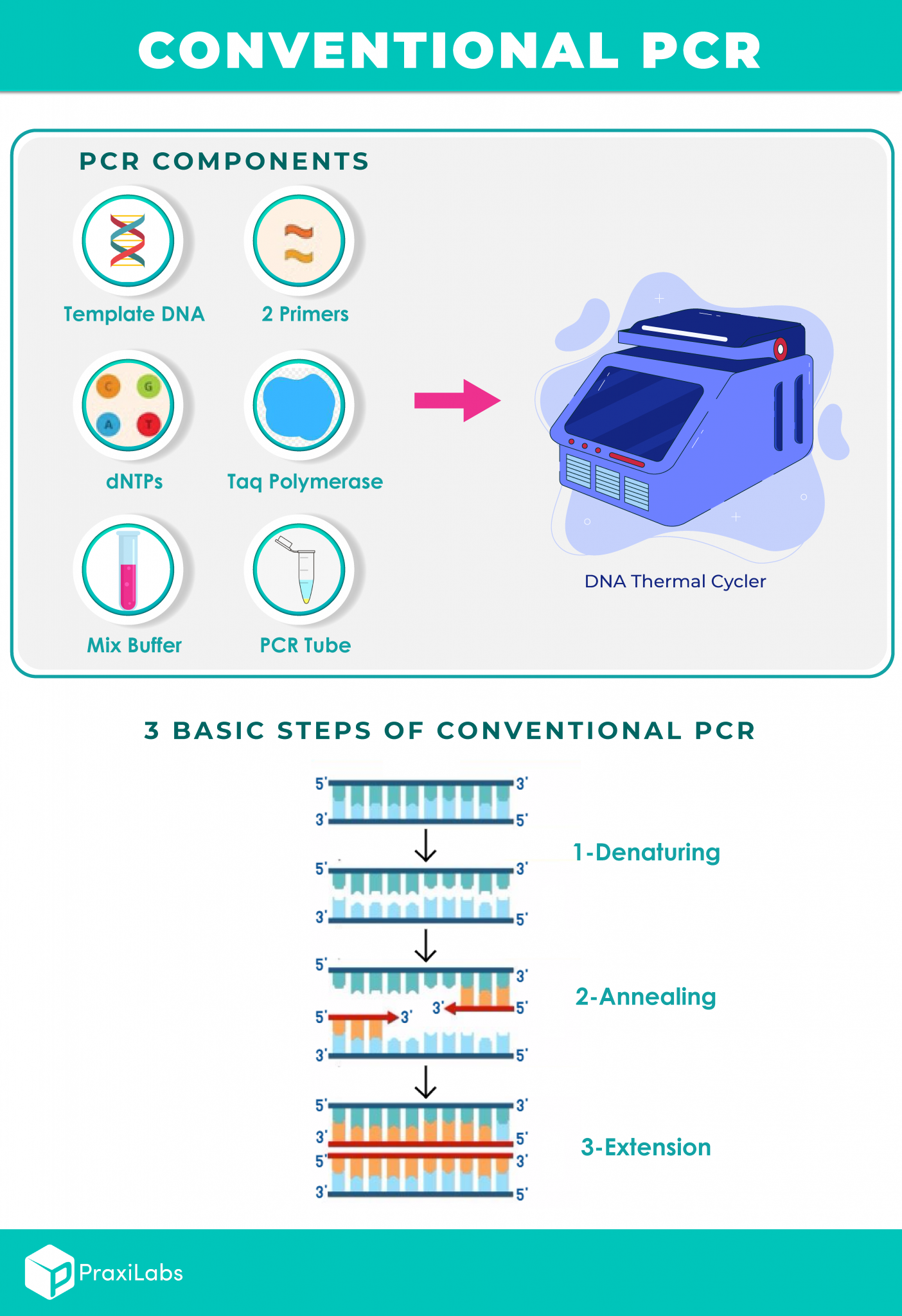

(1989) A computer program for choosing optimal oligonucleotides for filter hybridization, sequencing and in vitro amplification of DNA. (1993) PCR with degenerate primers containing deoxyinosine fails with Pfu DNA polymerase. (1991) Structure and functional properties of human general transcription factor IIE. E., Flores, O., Adomon, A., Reinberg, D., and Tjian, R. (1995) Optimization and troubleshooting in PCR. (1991) Enhanced evolutionary PCR using oligonucleotides with inosine at the 3′-terminus. (1990) PCR amplification of an Escherichia coli gene using mixed primers containing deoxyinosine at ambiguous positions in degenerate amino acid codons. (1988) Highly degenerate inosine-containing primers specifically amplify rare cDNA using the polymerase chain reaction. Knoth, K., Roberds, S., Poteet, C., and Tamkun, M. (1994) Using mismatched primer-template pairs in TD PCR. (1996) High and low annealing temperatures increase both specificity and yield in TD and SD PCR. (1991) ‘Touchdown’ PCR to circumvent spurious priming during gene amplification. This process is experimental and the keywords may be updated as the learning algorithm improves.ĭon, R. These keywords were added by machine and not by the authors. Unfortunately, even with the most sophisticated algorithms (i.e., OLIGO) it is often difficult to predict the amplification optima a priori leaving no other choice but to employ empirical determination. With regard to the latter, the value selected for the annealing temperatures is most critical. Variables include concentrations of Mg 2+, H +, dNTPs, primers, and template, as well as cycling parameters.

Reactions that are too stringent yield negligible product and reactions that are not stringent enough yield artifactual amplicons. Small variations in any of the many variables in a given reaction can have a pronounced effect on the resultant amplicon profile. Polymerase chain reaction (PCR) optimization and troubleshooting can consume considerable energy and resources because of the finicky and often unpredictable nature of the reactions.


 0 kommentar(er)
0 kommentar(er)
